Norway - stewed mutton and cabbage or Grandiosa frozen pizza?
- rosemary
- Mar 3, 2024
- 6 min read
"There remains a clear gap between the blossoming fine dining scene and the everyday food eaten by most Norwegians and visitors to the country." Forbes

A little while ago Taste Atlas ran a survey of the best cuisines of the world - well 95 countries. Norway came last. Which must have been a blow to national pride. If they paid any attention that is. I suspect they didn't much.
Do they deserve it? Well possibly if you go by the official national dish at left above - fårikål - a stew of mutton and cabbage and the unofficial national dish at right - frozen Grandiosa pizza. But of course there is more to the story of Norway's food than that. Norway being the next country on my circuit of the world's cuisines. All of them, not just 95 - although realistically, considering my age I'll probably only manage many fewer than 95.
We all sort of lump Scandinavia together don't we? Sort of the ultimate 'to be admired' governments of the world, clean and cool and beautiful with a savage and barbarian past. Well the British at least think that way - Vikings, Danes, Angles, Jutes ... they all plagued Britain, indeed governed it, for centuries. And in modern times they argue over fish - and oil.
Apparently the Norwegians have just signed an agreement with the UK and the EU on how many fish they can catch this year, having nearly killed off herring and cod to name just a few - to the point where there was a total ban on fishing for herring and cod for 20 years. Now there are strict quotas. And Norway still fishes for whales. My sister will not buy anything Norwegian because of that.
However, the Scandinavian countries are all different - mostly it seems to me, down to geography. So Norway - next on my list after Denmark which ruled Norway for hundreds of years.
Norway has a very small population 5.3 million. Most of its landmass is mountainous and there is not much arable land available. So what do they mostly eat? - well fish. Then there is wild game from reindeer to ptarmigan via grouse, ducks, etc. And sheep and goats. Not a lot of cattle and pigs. And, now that I think about it, I saw no mention of chickens.

There is also some grain which seems to be mostly made into porridge - once the staple food of the entire country. So much so that there are many different forms of porridge - the most well-known being this rommergrot - which is often sprinkled with cinnamon. These days they say that spices are not very much used. Just salt and pepper, although in Medieval times many spices were used. Nobody seems to know why more elaborate spicing than salt and pepper ceased.
The grain is also made into a flat kind of bread and waffles - made with buttermilk, and topped with sour cream which apparently is added to almost everything. And there are pancakes too - a recipe for which - Kveldsmat evening pancakes is from Signe Johansen.
Climate, of course, also plays its part. It's cold and we tend to think of the people as cold too - and gloomy. Their artists and writers Munch, Ibsen, Holst ... tend to be ponderous, and gloomy don't they? Well the winters are long and dark and so there is a touch of hardship and gloom about the food as well. There is not a lot of variety available and so it has to be preserved. Salting, drying, curing and fermenting are the main ways of doing this, but there are also pickles and jams.

Pickled herrings are one of the most well-known pickles and I found a modern recipe in The Guardian - Cured herrings in beetroot and horseradish with potato salad from Matthew Harris in his Bibendum Cookbook. No picture of that, but this is your basic pickled herring. I remember as a child staying in a holiday boarding house in Exmouth where they served soused herrings - another word for pickled herrings - rollmops I suppose - which I hated. There were always leftovers and we would be allowed to go outside - the beach was just opposite - and throw them up in the air to the seagulls who caught them mid-air. I wonder if they realised they were pickled?
Those herring, and the cod and also trout were also dried and later reconstituted into dishes such as lutefisk (shown on the right below). Some of the trout was also fermented into something called rakørret, which my Time/Life writer, Dale Brown described as "Bright pink in colour, smells like raw petroleum and tastes like strong cheese." Ugh.
Dale Brown also, on the plus side, said:
"What seems odd is that the Norwegians with their plethora of fish do not have a great many different ways of preparing it, and instead of employing numberless sauces to complement it, they use few - horse-radish cream and mustard sauce being the only two with any real sharpness. I was puzzled by this until I realised that when fish as fresh as that is available, there is no need to do much more than cook it. The sweet sea flavour is all that counts."
And who can deny that smoked salmon and gravlax aren't just wonderful.
They do make wonderful fish soups (fiskesuppe) however, sometimes with fish dumplings - like those quenelles I spoke about recently in them. Even Nigel Slater had a go at this one -salmon, scallop and mussel soup

But back to those national dishes - official and unofficial. The official one, which apparently the Norwegians do indeed still eat a lot, is Fårikål in which you layer lamb on the bone, with cabbage, lots of black peppercorns and salt and then stew in the oven with water. The proportions are - according to a website called Campervan Norway:
3 kg of lamb meat
3 kg of cabbage
8 teaspoons of whole black peppercorns
4 teaspoons of salt
600 milliliters of water
It sounds dreary and doesn't look that great either, but maybe it's one of those long-cooked peasant dishes which is actually delicious. Like Irish stew. I mean they are still eating it. The government ran a survey for the national dish in which almost 50% voted for it. But it's not that old - introduced in the 19th century when a similar dish from Denmark was introduced - but with duck.

As for the unofficial dish - the Grandiosa pizza - the figures are mind-blowing. 47 million pizzas were sold to that population of 5.3 million and half of those were the Grandiosa brand. As if frozen pizza in itself was not enough of a travesty the Grandiosa brand, which is apparently Canadian, is also not a good one:
"Grandiosa pizza crust definitely doesn’t rise. Like old-school frozen pizza crust, it is chewy and unexciting. Maybe Grandiosa crust needs to be added to the list of shameful Canadian exports, between Justin Bieber and Crocs. This blandness is confirmed by the widespread habit Norwegians have of dousing Grandiosa slices with ketchup, sprinkling them with piffi-krydder – a flavour-enhancing, salt-based, off-the-shelf spice blend – or both." Tasting Table
Ugh again and yet:
"Today, Grandiosa is not just a frozen pizza; it’s a part of Norwegian culinary tradition. It’s a symbol of convenience, comfort, and the ability to adapt to the modern lifestyle." Living with Norwegians
Like - dare I say - vegemite.

The Norwegians also have a sweet tooth, which actually extends to their most famous cheese, technically not even a cheese, as it is made from whey but with cream added in, and then recooked. It also is an acquired taste, being somewhat sweet. Somebody said it was a bit like dulce de leche.
"The sweetness comes from overcooking whey until a Maillard reaction kicks in and the milk sugars caramelise." Signe Johansen
I gather it's becoming quite trendy and not just in Norway.
There is also a wedding cake which is a conical tower of almond flavoured biscuits, which Yotam Ottolenghi made into cookies - Pistachio and lime kransekakestenger cookies and I have to say they look somewhat more tempting. Such is the power of tradition however that the traditional cake is still to be seen at weddings.
Finally still with the sweet - cloudberries - such a poetic name for such a beautiful looking fruit, which alas, my Time/Life man described as having "a flavour perhaps of moss". Sounds poetic too, but maybe not tasty. Then there are the lingonberries, found all over Scandinavia - made into jam, and sometimes found with savoury things, like this gorgeous looking venison sandwich with bacon, chestnut creme fraiche and lingonberry jam/Matthew Young/Wild Food Market.
So overall it all sounds as if 'the worst cuisine in the world' might well apply. But, of course, that is not the whole story. Norway is no longer prisoner to the lack of ingredients, and the need to preserve at all costs. Like just about every other country in the world it is now open to influences and ingredients from everywhere, although their choice of Grandiosa frozen pizza is not perhaps a good sign. Nevertheless there are plenty of Michelin starred chefs at work there. Alas their restaurants are expensive - as is everything I believe. So amazingly beautiful though. I remember in the Hitchhiker's Guide to the Galaxy, the guy who designed Earth was most proud of the Norwegian fjiords. And so he should be.

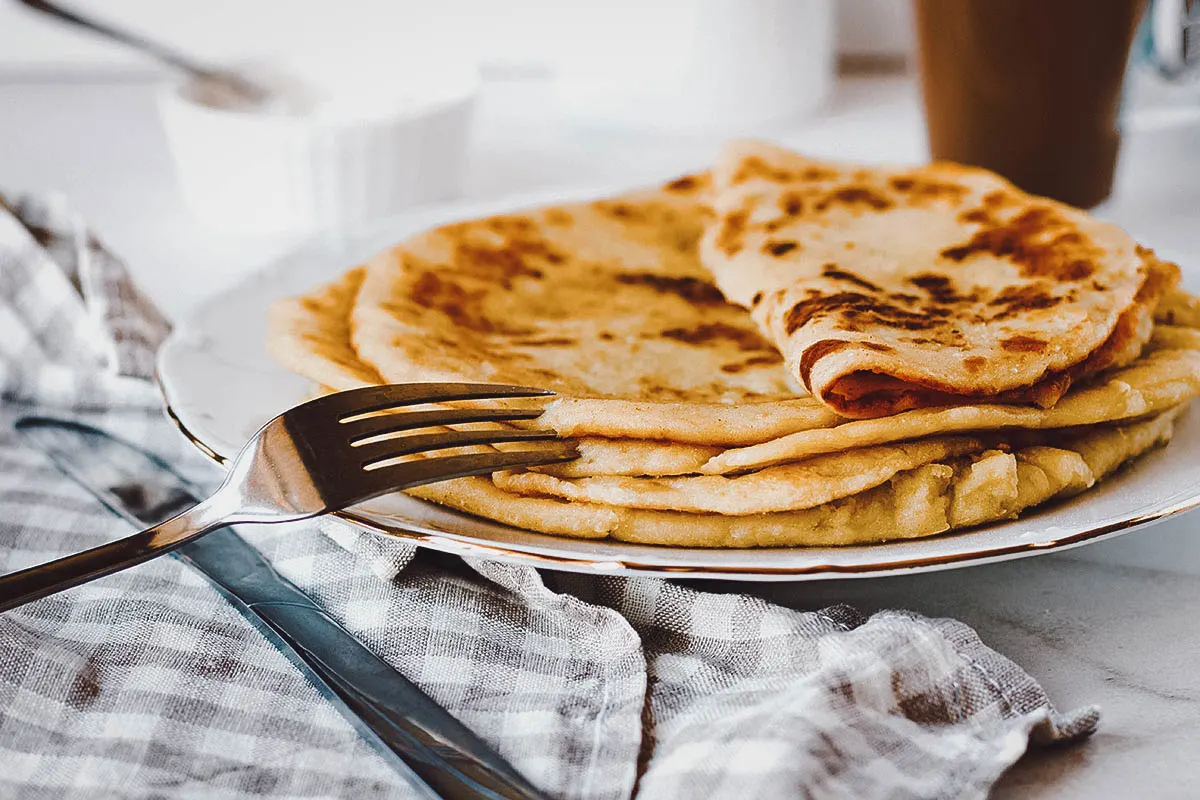



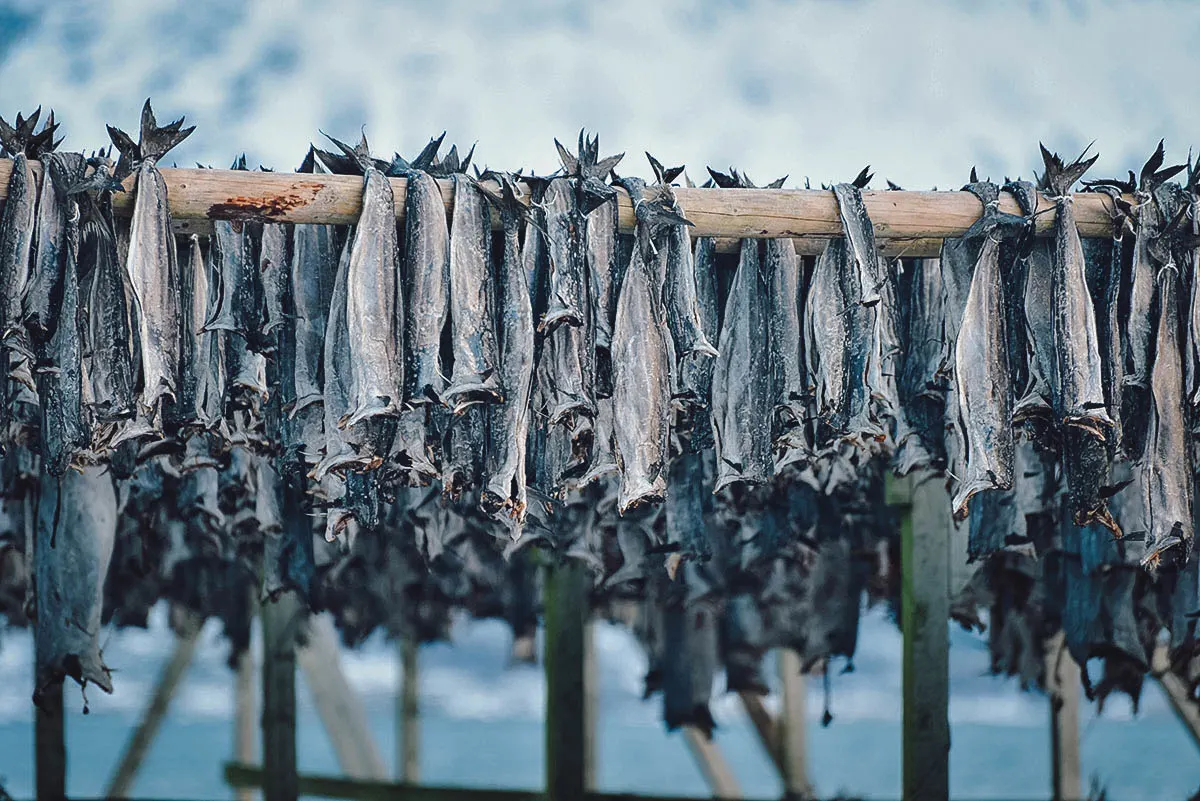
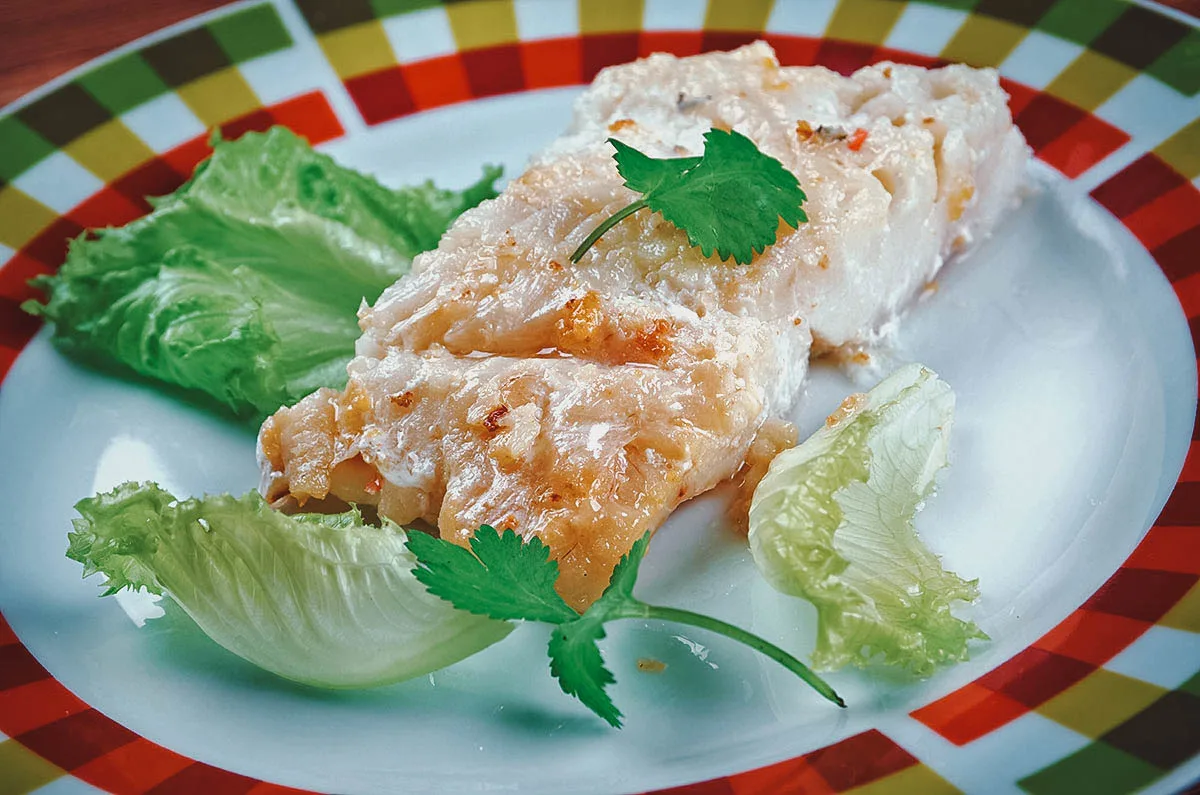

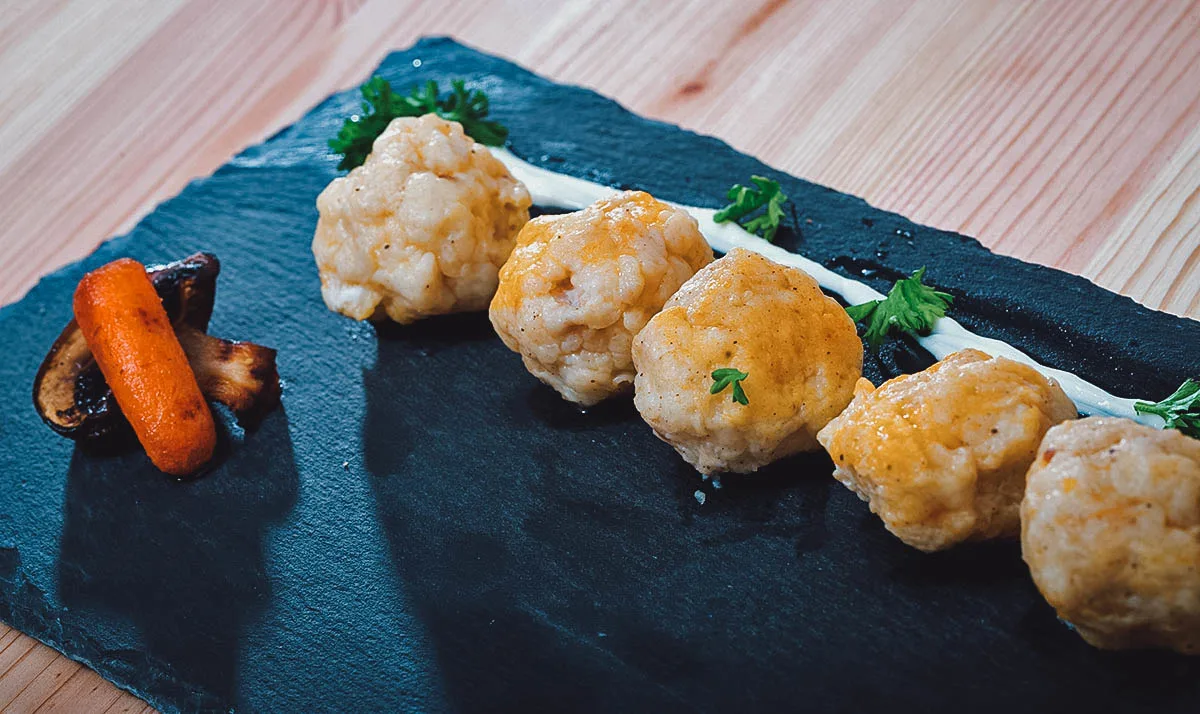



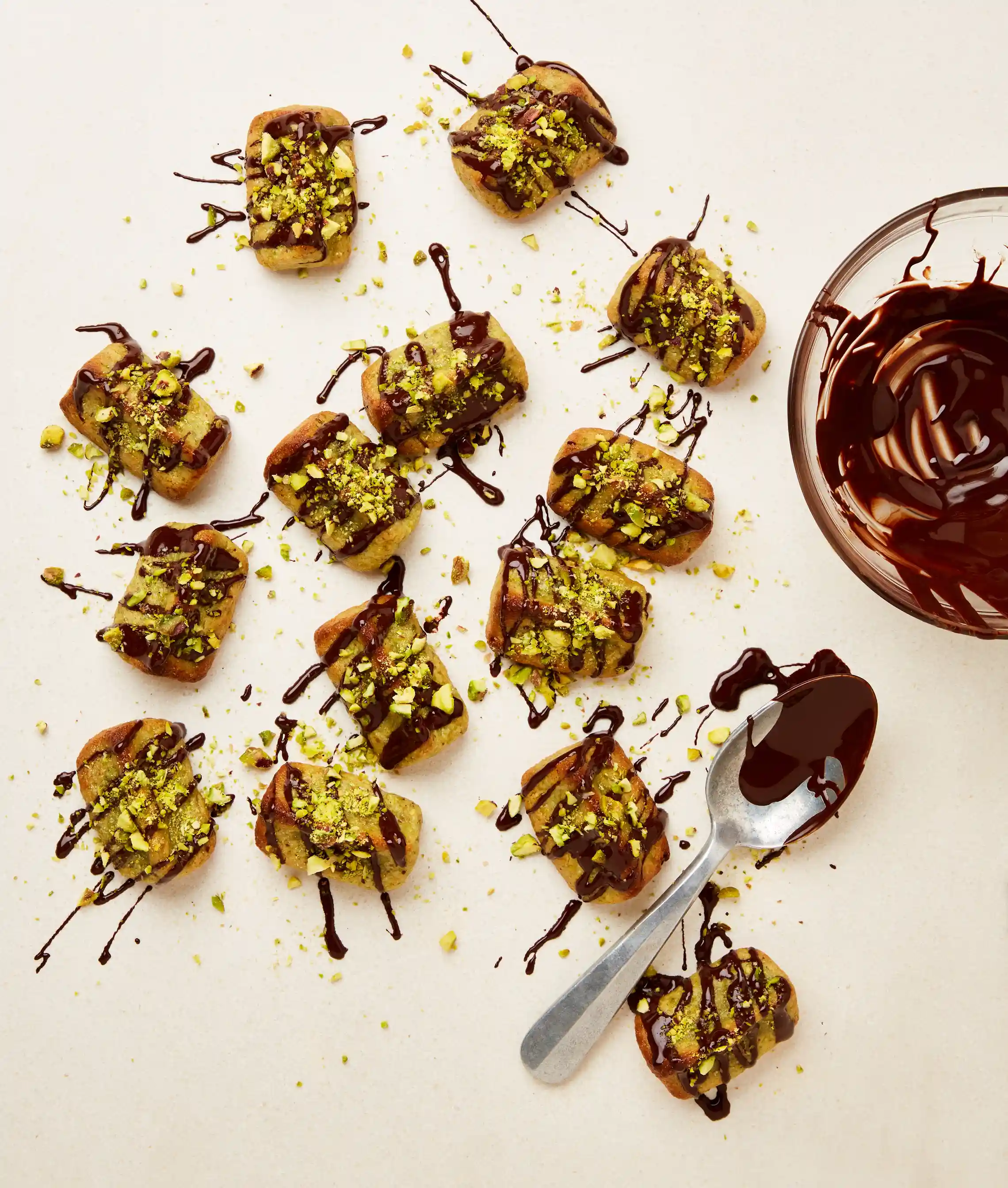



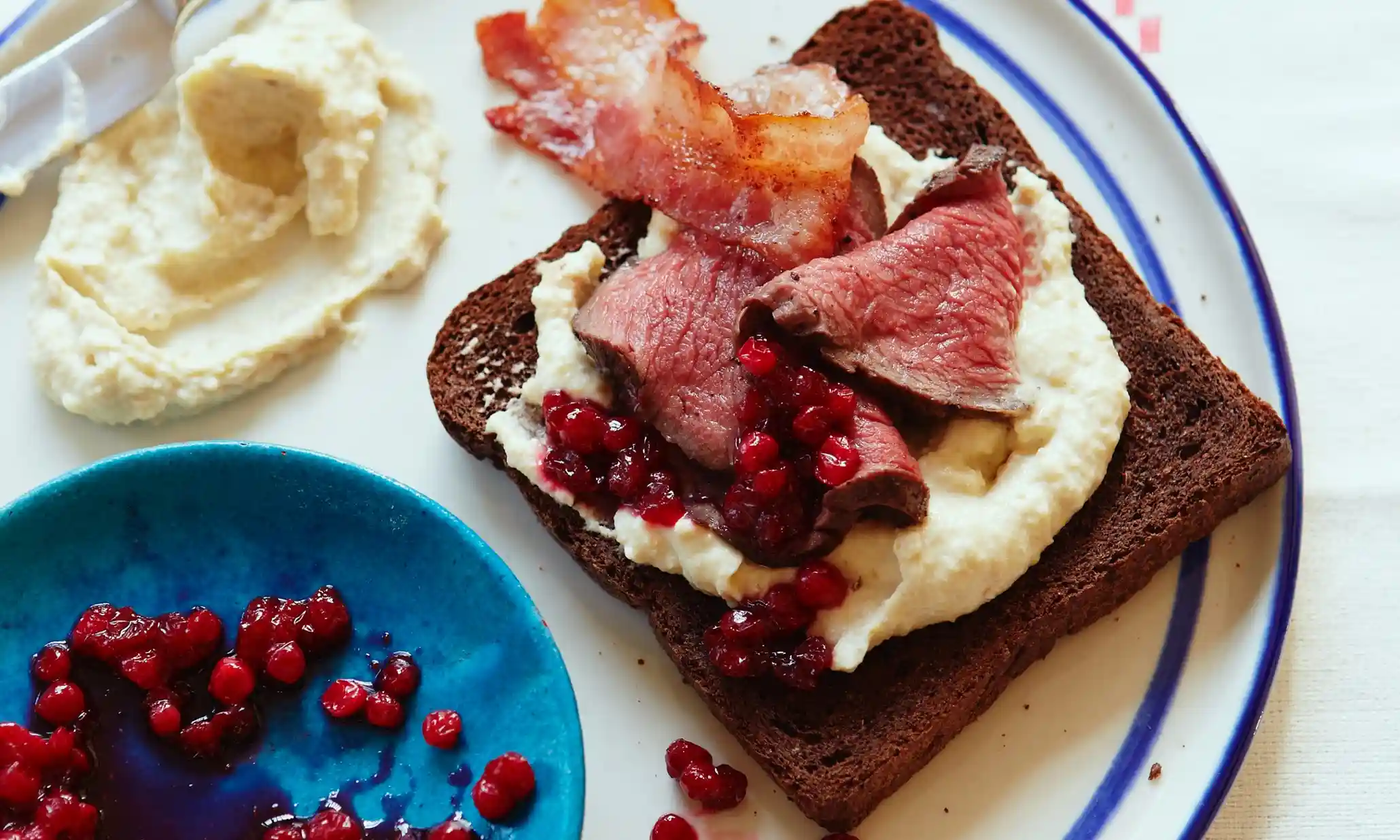



People have said that the "Swedes were like the Germans,...without a sense of humour". Perhaps they might say the "Norwegians are ...without a sense of taste". Lovely countryside though judging from the great photo. You can't have everything! 😅